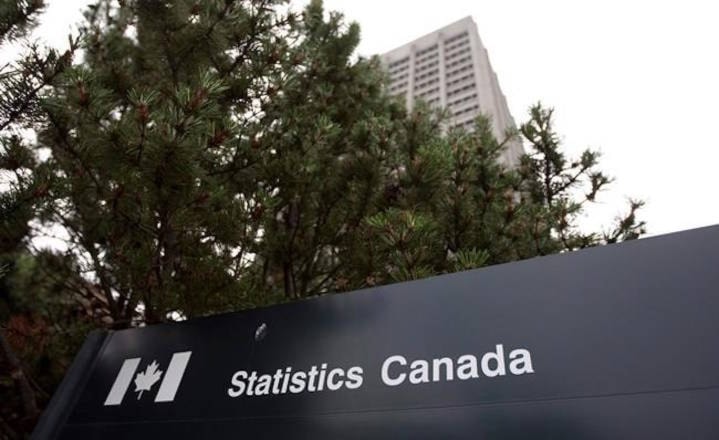The country’s annual inflation rate cooled slightly last month but, at 2.2 per cent, it stayed hot enough to hover above the two per cent midpoint of the central bank’s ideal range, Statistics Canada said Friday in a new report.
Headline inflation for April was a little lower than the March number of 2.3 per cent, which was the rate’s strongest year-over-year reading since 2014. It matched the 2.2 per cent figure for February.
The upward pressure on inflation last month was led by higher costs for gasoline, air transportation and restaurants. The biggest downward forces came from cheaper prices for digital equipment, travel tours and natural gas.
Core prices, meanwhile, also continued their gradual, upward climb last month, the report said.
Related:
The average of the Bank of Canada’s three measures of core inflation, which omits more-volatile items like pump prices, edged above the two per cent mark last month for the first time since February 2012. The core average was 2.03 per cent, up from 1.97 per cent the previous month.
The Bank of Canada carefully scrutinizes inflation numbers ahead of its interest-rate decisions. It can use rate hikes as a tool to help prevent inflation from climbing too high.
But recent readings are unlikely to have a major impact on an upcoming rate decision because governor Stephen Poloz has predicted inflation to remain above two per cent for all of 2018.
Last month, Poloz challenged the notion that two per cent represents some unbreachable barrier. With higher energy prices, he said it’s natural for the long-term trendline to balance itself out — and he called it a “positive thing.”
”What I don’t want is for people to spend this entire year asking what I’m up to because inflation is above target,” Poloz told reporters during a late-April visit to Washington, D.C..
“You need every once in a while to remind people there’s a range, and that’s okay. The policy allows for this. We’re not violating our target in some way.”
The bank’s inflation range is one to three per cent, but considerable attention is focused on where the rate sits relative to the two per cent midpoint.
Related:
Last month, the central bank raised its headline inflation projections as it pointed to the temporary effects of higher gasoline prices and minimum wage increases. The bank is now expecting inflation to average 2.3 per cent this year before settling back down to 2.1 per cent in 2019.
Poloz has raised the central bank’s benchmark interest rate three times since last July and is expected to remain on his rate-hiking path with the economy operating close to its capacity.
But last month the bank left its key rate at 1.25 per cent, where it has been since January.
Poloz said that the economy was still unable to maintain its pace without the stimulative power of lower rates, despite recent improvements.
The bank’s next rate decision is May 30, but many analysts have been predicting Poloz will wait until July before introducing another rate increase.
In a separate report Friday, Statistics Canada released its latest figures for retail trade, which showed an increase for a third-straight month with sales rising 0.6 per cent in March. Retail sales rose to a total of $50.2 billion.
Retail trade also saw increases of 0.5 per cent in February and 0.3 per cent in January.
The report said higher sales in March for vehicles and automotive parts — especially by new car dealers — more than offset weaker sales at food and beverage stores and gas stations. By excluding sales of vehicles and parts, retail trade would have contracted 0.2 per cent in March.
Andy Blatchford, The Canadian Press
Like us on and follow us on .


